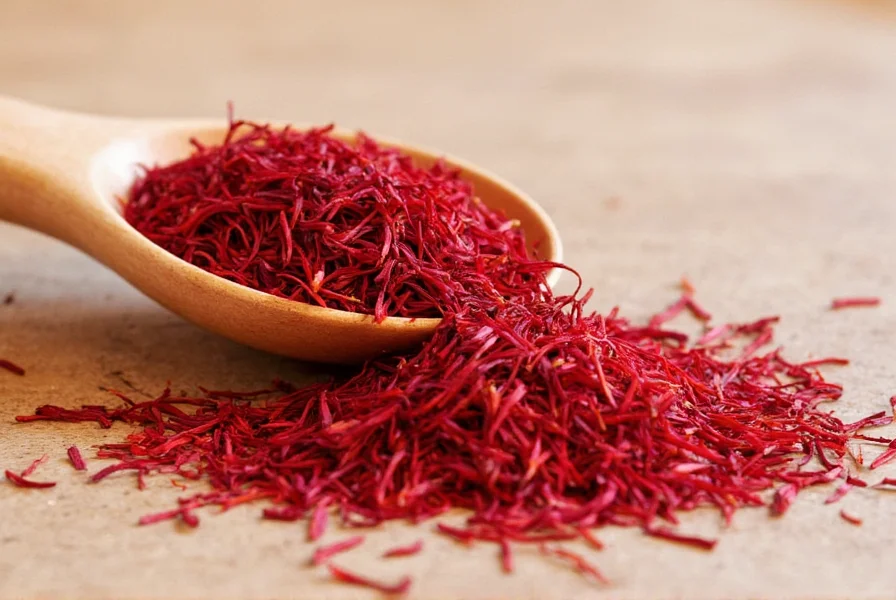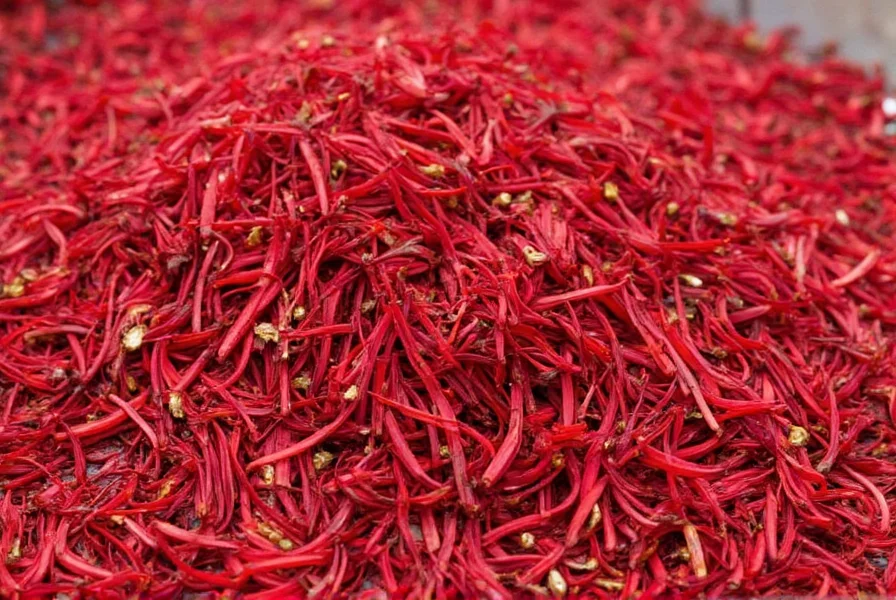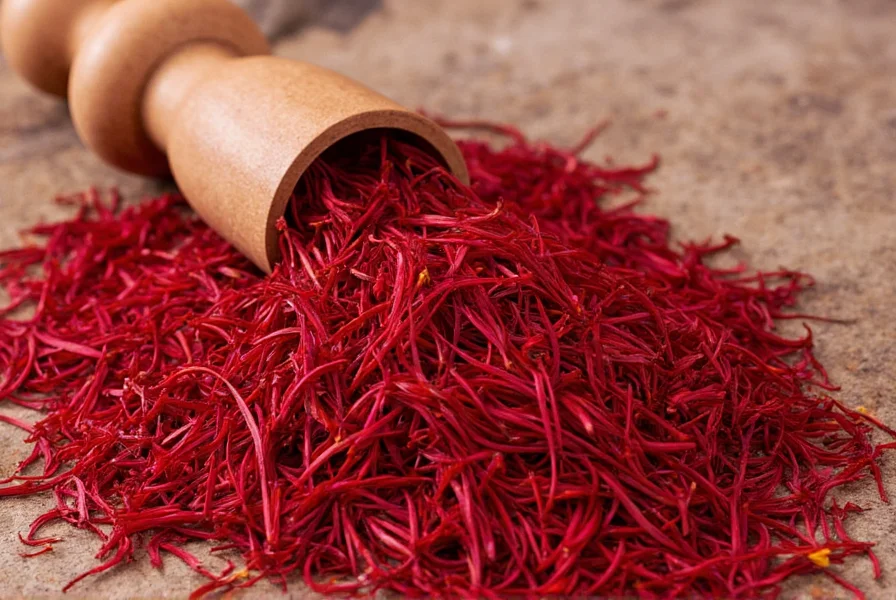Saffron's journey from flower to spice represents one of agriculture's most labor-intensive processes. The Crocus sativus, a purple flowering plant that blooms for just one week each autumn, produces three crimson stigmas per flower. These fragile threads must be hand-picked at dawn before the flowers fully open, then carefully dried to preserve their distinctive flavor, aroma, and coloring properties.
The Botanical Source of Saffron
Contrary to popular belief, saffron doesn't come from a shrub or tree but from a humble autumn-blooming crocus. Crocus sativus, the saffron crocus, is a sterile triploid that cannot reproduce naturally and must be propagated manually by dividing its corms. This genetic uniqueness explains why saffron cultivation remains confined to specific regions with appropriate climates.
Each saffron crocus produces three vivid red stigmas, which harvesters carefully extract using their fingernails to avoid damaging these delicate structures. The stigmas contain crocin (responsible for saffron's golden hue), picrocrocin (providing its distinctive bitter flavor), and safranal (creating its characteristic aroma).
Historical Origins of Saffron Cultivation
Archaeological evidence suggests saffron cultivation began over 3,500 years ago in Bronze Age Greece. Ancient frescoes from the island of Santorini depict saffron harvesters, while Minoan texts reference its use as both a spice and medicinal remedy. Early cultivation likely occurred in Southwest Asia before spreading along ancient trade routes.
By the first millennium BCE, saffron had reached India and China, where it became integral to traditional medicine and cuisine. Persian records from the 10th century CE document sophisticated saffron cultivation techniques that remain remarkably similar to modern practices in Kashmir today.
Modern Saffron Production Regions
Today, saffron cultivation remains concentrated in specific geographical regions where climate, soil conditions, and traditional knowledge converge to produce the highest quality threads.
| Country | Global Production Share | Notable Characteristics |
|---|---|---|
| Iran | 90-95% | Stronger aroma, deeper color, most economical |
| Spain | 2-3% | Milder flavor, often used in paella, higher price |
| India (Kashmir) | 1-2% | Intense flavor, darker threads, highly prized |
| Greece | 0.5-1% | Pungent aroma, protected designation of origin |
| Morocco | 0.5% | Bright red threads, floral notes |
The Labor-Intensive Harvesting Process
Saffron's extraordinary price tag—often called "red gold"—stems directly from its harvesting requirements. Each crocus flower produces only three stigmas, which must be picked by hand at first light when the flowers are still closed. Workers move through fields at dawn, carefully plucking blossoms before the morning sun causes them to open and wilt.
After collection, the stigmas undergo meticulous separation. Skilled workers remove the crimson threads from each flower within hours of picking, then spread them on mesh trays for slow, careful drying. This entire process from bloom to dried spice must happen within 24 hours to preserve quality—a constraint that prevents mechanization and keeps production intensely labor-dependent.

Why Saffron's Origin Matters for Quality
The geographical origin of saffron significantly impacts its chemical composition and sensory properties. Iranian saffron typically contains higher levels of crocin (12-15%), giving it superior coloring strength. Kashmiri saffron often features higher safranal content (0.5-1.0%), resulting in a more intense aroma. Spanish saffron tends to have balanced properties ideal for traditional dishes like paella.
Soil composition, altitude, and microclimate all contribute to these regional variations. The mineral-rich volcanic soils of Iran's Khorasan province, the high-altitude valleys of Kashmir, and the Mediterranean climate of Spain's La Mancha region each impart distinctive characteristics to the saffron grown there.
Understanding Saffron Grading by Origin
Saffron grading systems vary by country but generally evaluate color strength, flavor intensity, and aroma. The ISO 3632 international standard measures these qualities objectively through spectrophotometry.
Iranian saffron often achieves the highest ISO grades due to its exceptional coloring strength. Kashmiri saffron receives premium prices for its deep maroon threads and intense aroma. Spanish saffron follows strict Denomination of Origin regulations that guarantee authenticity and quality.

Sustainable Saffron Production Challenges
Modern saffron cultivation faces significant challenges including climate change impacts on flowering cycles, competition from synthetic alternatives, and economic pressures on traditional farming communities. Many saffron-growing regions are implementing sustainable practices to preserve this ancient agricultural tradition.
In Kashmir, cooperatives have formed to ensure fair prices for harvesters while maintaining traditional methods. Iranian producers are experimenting with controlled environment cultivation to extend the growing season. Spanish growers have established protected designation of origin status to combat counterfeit products.
Authenticating Genuine Saffron
Given saffron's high value, consumers should understand how to verify authenticity. Genuine saffron threads should feel dry but flexible, release color gradually when soaked in warm water, and have a distinctive hay-like aroma with subtle floral notes.
Be wary of saffron that immediately bleeds color (indicating artificial coloring), feels damp (suggesting adulteration), or lacks the characteristic aroma. The most reliable authentication comes from purchasing from reputable sources that provide origin documentation and ISO certification.











 浙公网安备
33010002000092号
浙公网安备
33010002000092号 浙B2-20120091-4
浙B2-20120091-4